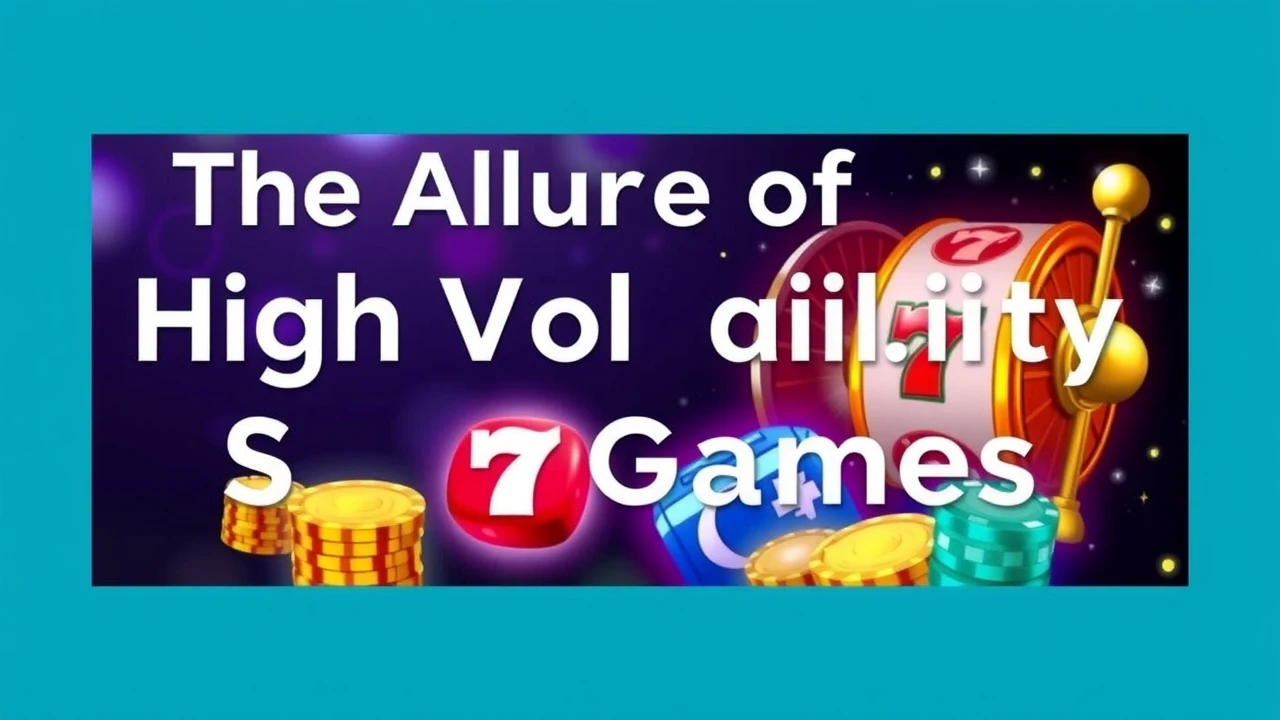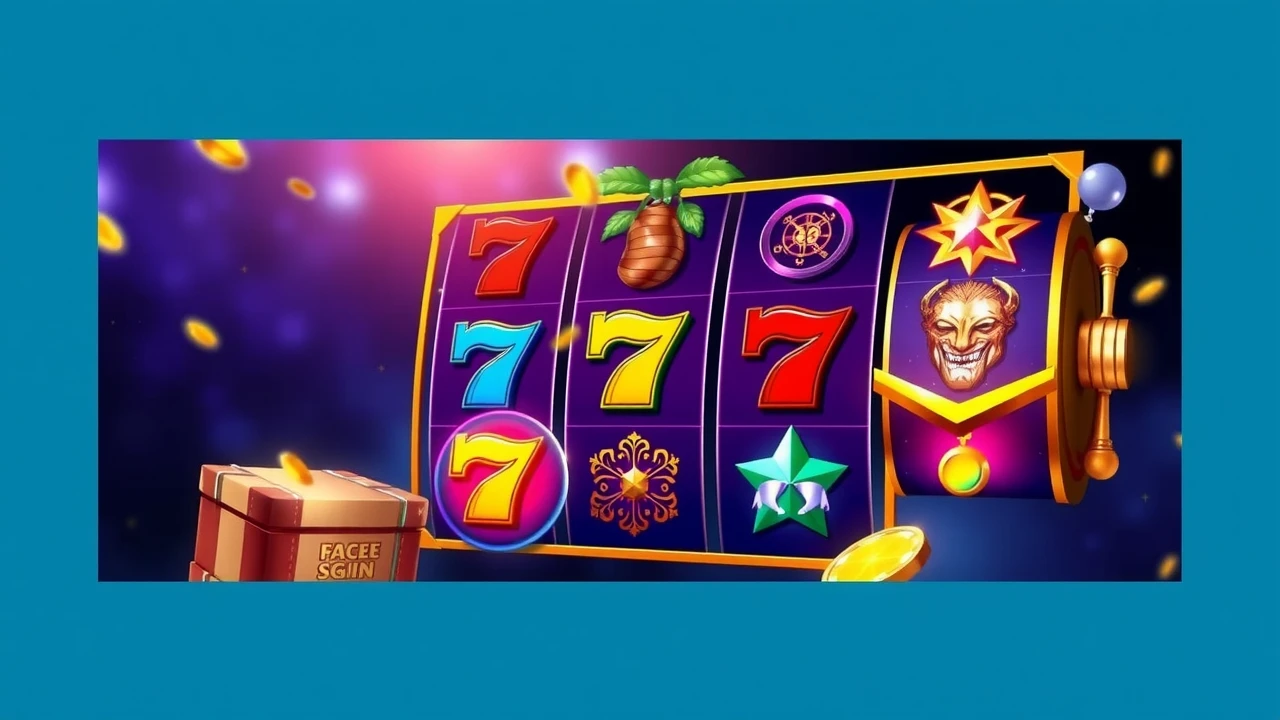In what way Gaming Establishments Utilize Shade and Design to Attract Gamers
In the vibrant and stimulating world of casinos, wherein fortune and strategy intertwine, color and design play a critical role in attracting gamblers. As soon as visitors step into a casino or log into a gaming platform, they are immersed in a visual feast that captures their attention and lures them to discover more. Vivid colors, captivating graphics, and creative layouts are meticulously crafted to create an environment of excitement and anticipation, ultimately enhancing the gaming encounter.
As players navigate through the ever-changing landscape of casino games, they encounter a variety of designs that not only serve visual purposes but also influence feelings and choices. Hues like red and gold symbolize riches and fortune, while soothing blues and greens can create a much relaxed environment. Grasping how these elements work together enables casinos to create an inviting and energizing atmosphere that encourages players to engage with the games, invest more time at the tables, and boost their overall enjoyment.
The Study of Hue in Gaming Establishments
Color plays a critical role in the design of casino games, shaping players' feelings and actions. Bright and vibrant colors, such as red and gold, are often used to stimulate thrill and draw focus. These colors create a sense urgency and energy, encouraging players to involve themselves more readily with the game. By strategically selecting tints, creators aim to inspire emotions of pleasure and anticipation, which can enhance the total game experience.
Various shades also have psychological connotations that can influence how players perceive their odds of winning. For case, green is often associated with luck and wealth, making it a well-liked choice in games like the roulette wheel and poker games. This connection can result gamblers to feel more optimistic and confident in their gaming, ultimately encouraging them to wager more. Grasping these connections allows game creators to design environments that enhance player enjoyment and engagement.
Moreover, the layout of gambling game interfaces often uses blended colors and differing colors to instruct players' actions. BET88 For example, winning outcomes may be accentuated with striking, opposing colors, creating a visual incentive. This method supports favorable outcomes and supports repeated gameplay. By utilizing the science of color, gaming venues can design games that not only attract gamblers but also keep them engaged and invested in their play experience.
Design Elements that Attract Players
The aesthetic appeal of gambling games is largely influenced by the use of vibrant colors. nổ hũ BET88 Lively and contrasting colors are strategically chosen to create an inviting atmosphere that grabs attention. For example, crimson and golds often signify good fortune and prosperity, which is why they are prevalent in the palettes of slot machines and table surfaces. These colors not only draw players in, but they also stir emotions associated with thrill and expectation, enhancing the total gaming experience.
In addition to color, the aesthetic and layout of gambling games play a significant role in player attraction. Games are designed to be intuitive, ensuring that players can quickly understand the rules and gameplay. User-friendly interfaces, along with captivating graphics and animations, help maintain gamer interest and encourage longer play sessions. The tactile elements, such as the texture of the controls and the audio of the games, also contribute to a holistic sensory experience that keeps players immersed.
In conclusion, thematic elements in game design can greatly influence player choice. Many casino games are inspired by media, fairy tales, or adventure themes, featuring symbols and characters that connect with players. These themes create a sense of immersion and relatability, making each game feel unique. When players feel a connection to the concept, they are more likely to choose that game over others, leading to higher participation and enthusiasm within the gambling environment.
Case Studies: Successful Casino Table Game Designs
One key example of effective gambling game design is the popular slot machine series based around popular movies. Games such as those based on the Wizard of Oz and Game of thrones utilize vibrant colors and high-quality graphics to engage players in well-known narratives. The employment of dynamic visuals and entertaining sound effects captures the focus of players, building an emotional connection to the theme. This tactic not just promotes longer play but also enhances the overall gaming experience, leading to increased player retention.
Another successful case is the use of color psychology in table games like 21 and roulette. Casinos often develop these games with rich reds and greens, colors traditionally linked with luck and wealth. For instance, the green felt on a blackjack table provides a soothing effect, while the red accents in roulette invite anticipation. This intentional use of color helps to establish an inviting atmosphere that motivates players to engage, fulfilling their psychological impulses and boosting their enjoyment.
Finally, online casino games that include community features and lively, dynamic designs have experienced remarkable success in engaging players. Games like Zynga's Poker and Slotomania leverage vivid colors and playful animations to create an inviting online environment. The inclusion of leaderboards, community sharing options, and in-game rewards promotes competition and community, drawing players in for longer sessions. Such designs not only make the games visually appealing but also highlight social connectivity, a key factor in player retention and engagement within digital casino environments.



